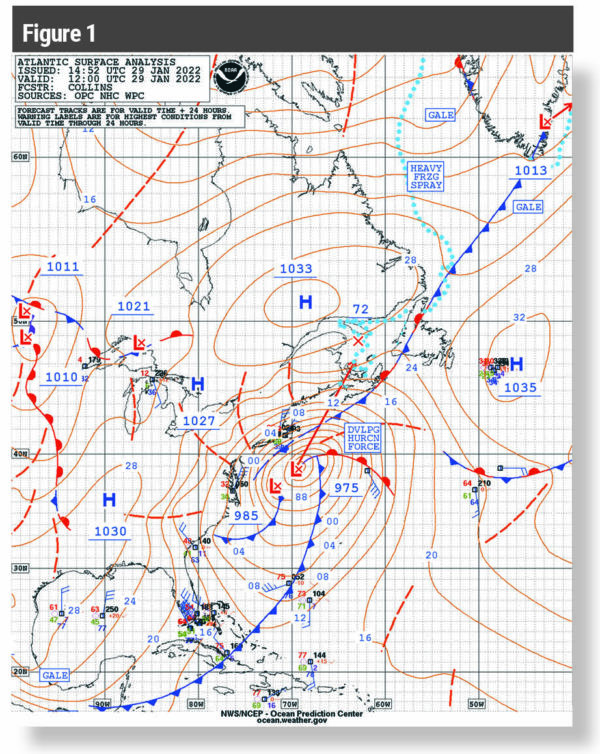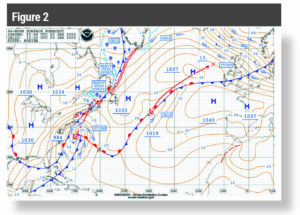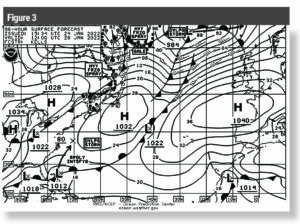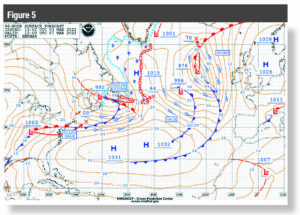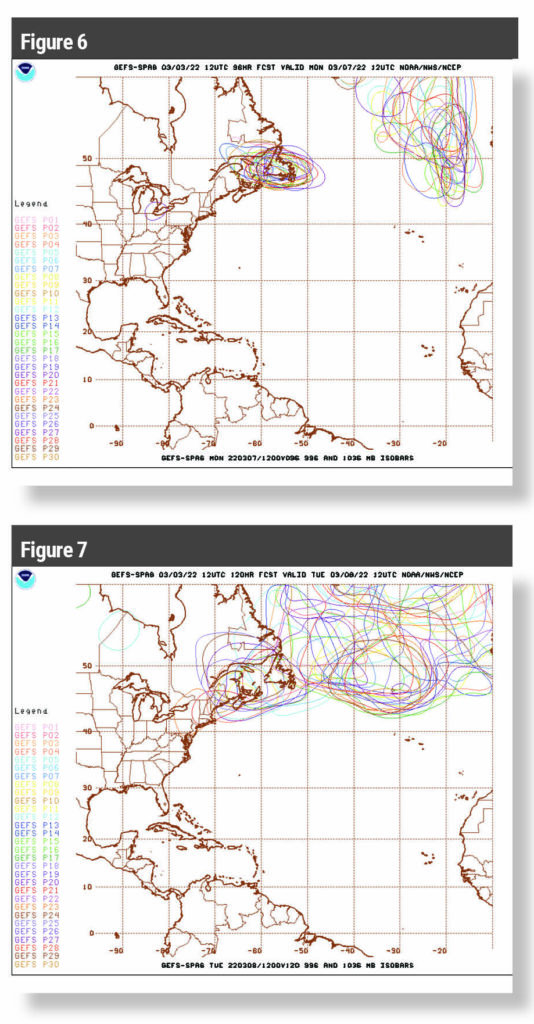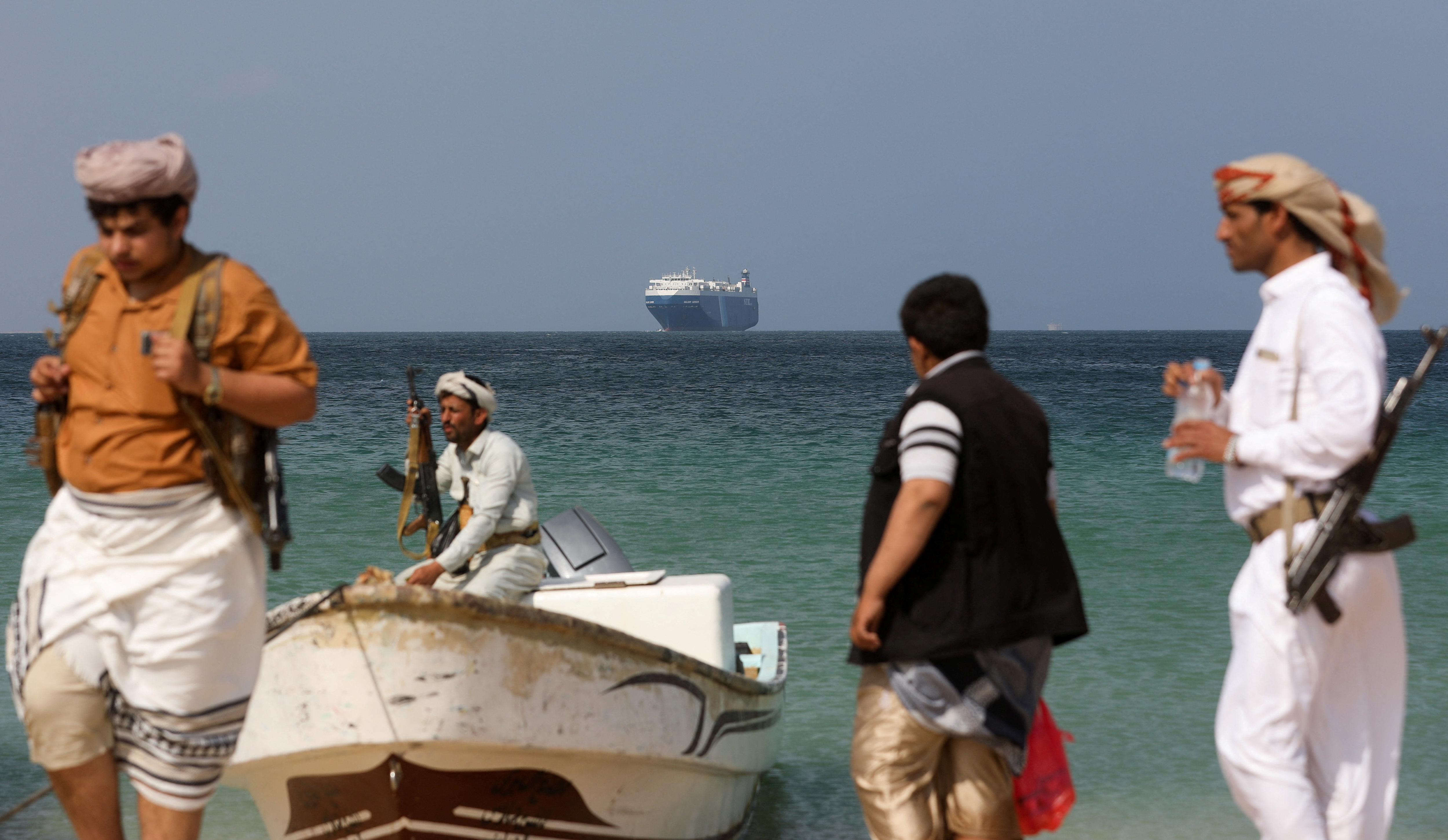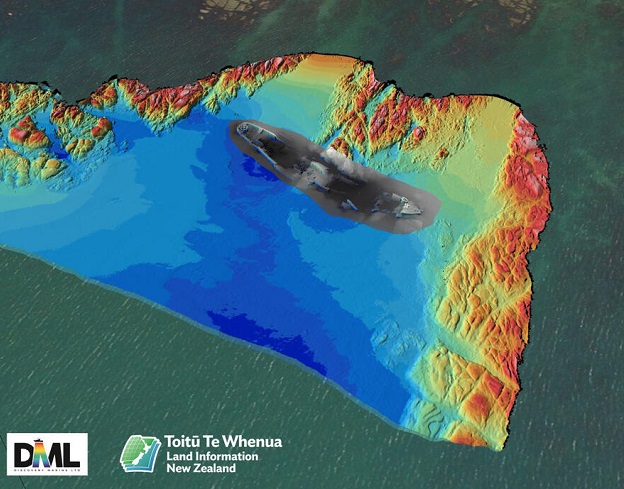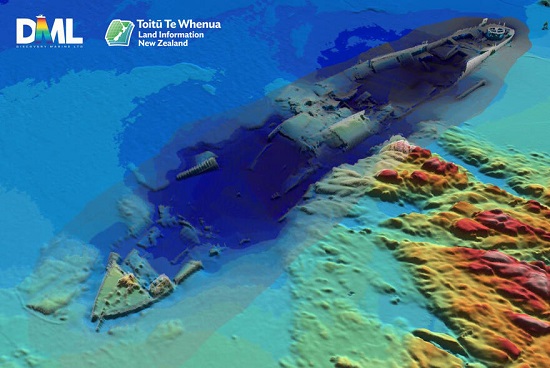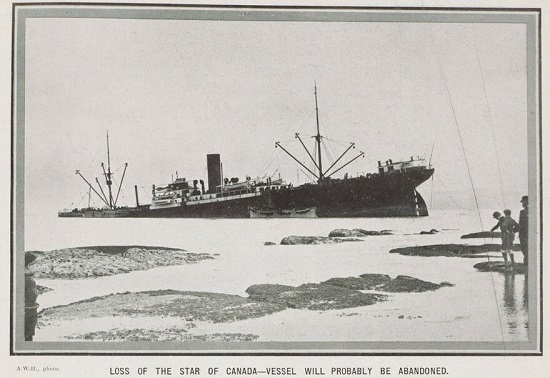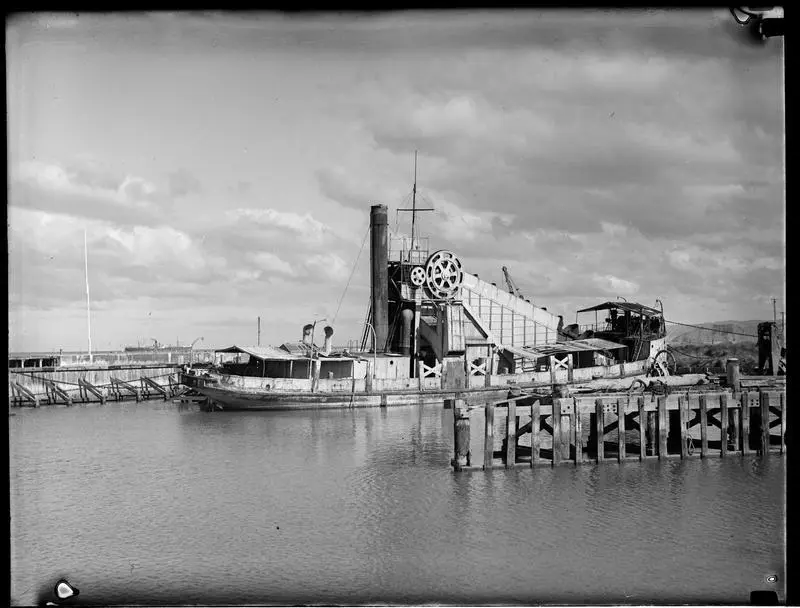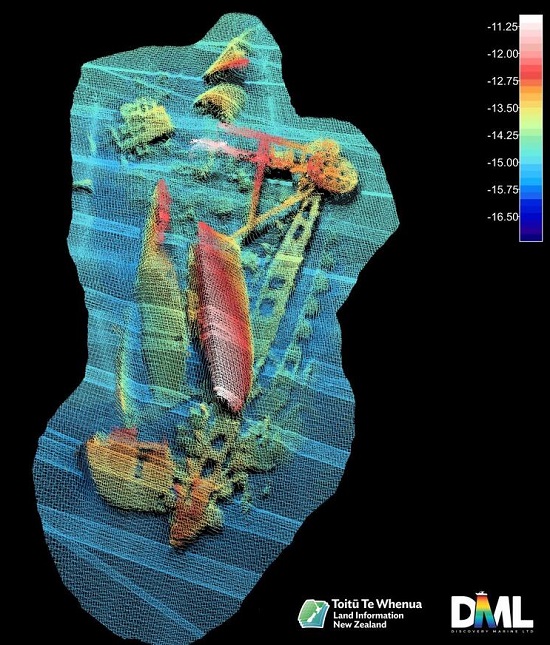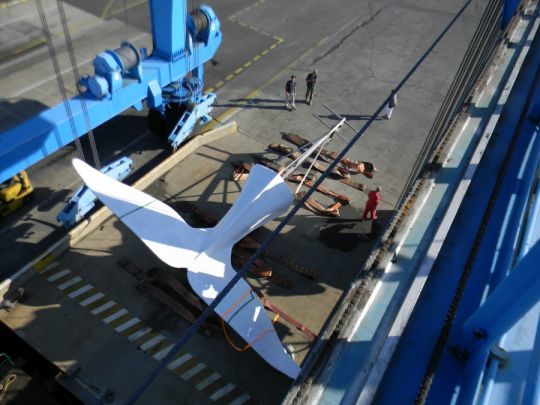
The World Map of Extended Continental Shelf Areas depicts areas of ECS asserted by coastal States worldwide, as of the date of publication of this map.
Combined, these ECS areas cover approximately 9% of the ocean’s seabed.
Unilateral declaration of extension of the continentalshelf by the United States.
Note : The United States have not ratified the United Nations Convention on the Law of the Sea (UNCLOS). They therefore cannot have their claims validated by the Commission on the Limits of the Continental Shelf (CLCS)
The continental shelf
The continental shelf is the extension of a coastal State’s land territory under the sea. Under customary international law, as reflected in Article 76 of the 1982 Law of the Sea Convention (Convention), the continental shelf consists of the seabed and subsoil that extends (1) to the outer edge of the continental margin, or (2) to a distance of 200 nautical miles from the coast if the outer edge of the continental margin does not extend up to that distance.
This legal definition is different from the geological definition of a continental shelf.
The continental shelf is an important maritime zone that holds many resources and vital habitats for marine life.
The extended continental shelf (ECS)
The extended continental shelf, or ECS, refers to that portion of the continental shelf beyond 200 nautical miles from the coast (Figure 1).
ECS is a term of convenience; under the Convention, the term “continental shelf” includes both continental shelf within and beyond 200 nautical miles.
 Figure 1: Maritime zones under the international law of the sea. ECS is that portion of the continental shelf that extends beyond 200 nautical miles.
Figure 1: Maritime zones under the international law of the sea. ECS is that portion of the continental shelf that extends beyond 200 nautical miles.
Determining the outer limits of the ECS
Determining the outer limits of the ECS is different from determining the extent of other maritime zones, such as the territorial sea and exclusive economic zone.
These other maritime zone limits are determined based on a specified distance from the coastal baselines (Figure 1).
The outer limits of the ECS, however, depend on the geophysical characteristics of the seabed and subsoil. ECS limits are determined using complex provisions set forth under Article 76 of the Convention. (
The text of Article 76 can be found here. )
A coastal State can use one of two formulas in any combination to determine the outer edge of its continental margin (Figure 2).
Article 76 also contains two constraint lines (Figure 3).
If the outer edge of the continental margin extends past the constraint lines, a coastal State can use either of the constraint lines to maximize its ECS.
The outer limit of the continental shelf is determined by the combined use of Article 76’s formula lines and constraint lines.
As discussed in the
Data Collection section of the U.S. ECS website, bathymetric and seismic data are needed to apply the formula and constraint lines.
Figure 2: Formula lines under Article 76 of the Law of the Sea Convention. A coastal State can use either formula to determine the outer edge of the continental margin.
 Figure 3: Constraints under Article 76 of the Law of the Sea Convention.
Figure 3: Constraints under Article 76 of the Law of the Sea Convention.A coastal State can use either constraint to maximize the limits of its continental shelf.
Continental shelf rights
The sovereign rights and jurisdiction of a coastal State over its continental shelf are reflected in the Convention and include the following:Conservation, management, and use of living and non-living resources
Regulating marine scientific research
Construction, operation, and use of artificial islands, installations, and structures
Delineating the course for laying pipelines
Drilling for any purpose
Prevention of marine pollution in connection with some activities
Distinction between the continental shelf and EEZ
The continental shelf and the exclusive economic zone (EEZ) are distinct maritime zones (Figure 1). The continental shelf includes only the seabed and subsoil, whereas the EEZ also includes the water column.
In addition, while the maximum extent of the EEZ is 200 nautical miles from the coast, the continental shelf may extend beyond 200 nautical miles, depending on the depth, shape, and geophysical characteristics of the seabed and sub-sea floor.
The ECS is, therefore, not an extension of the EEZ. Some of the rights that a coastal State may exercise in the EEZ, especially rights over water column resources (e.g., fish), do not apply to the ECS.
The United States has ECS in seven offshore areas (Figure 1): the Arctic, Atlantic (east coast), Bering Sea, Pacific (west coast), Mariana Islands, and two areas in the Gulf of Mexico.
The U.S. ECS area is approximately one million square kilometers – an area about twice the size of California.
The United States may also have ECS in other areas, and the U.S. ECS Project continues to analyze available data and undertake analysis in a range of areas.
What is the ECS?
The continental shelf is the extension of a country’s land territory under the sea.
The continental shelf holds many resources (e.g., corals, crabs) and vital habitats for marine life.
The portion of the continental shelf beyond 200 nautical miles from the coast is known as the “extended continental shelf,” or ECS. The ECS includes the seabed and subsoil, but not the water column.
This region is bounded by Canada to the east and the Russian Federation to the west.
The extended continental shelf of the United States in this region extends north to a distance of 350 nautical miles (in the east) and more than 680 nautical miles (in the west) from the territorial sea baselines of the United States.
Where is the U.S. ECS?
The United States has ECS in seven regions: the Arctic, Atlantic (east coast), Bering Sea, Pacific (west coast), Mariana Islands, and two areas in the Gulf of Mexico.
The U.S. ECS area is approximately one million square kilometers – an area about twice the size of California.
This region is bounded by Canada to the north and The Bahamas to the south.
The extended continental shelf of the United States in this region extends to between 206 and 350 nautical miles from the territorial sea baselines of the United States.
Why determine the ECS limits?
The United States, like other countries, has an inherent interest in knowing, and declaring to others, the extent of its ECS and thus where it is entitled to exercise sovereign rights.
Defining our ECS outer limits in geographical terms provides the specificity and certainty necessary to allow the United States to conserve and manage the resources of the ECS.
This region is bounded by the Alaska mainland to the northeast, the Aleutian Islands (U.S.) to the south, and mainland Russia to the northwest.
The extended continental shelf of the United States in this region is bounded by the 200 nautical mile limit of the United States and by the U.S.-Russia maritime boundary.
It extends to a distance of approximately 340 nautical miles from the territorial sea baselines of the United States.
What are U.S. rights in the ECS?
Like other countries, the United States has exclusive rights to conserve and manage the living and non-living resources of its ECS.
The United States also has jurisdiction over marine scientific research relating to the ECS, as well as other authorities provided for under customary international law, as reflected in the 1982 UN Convention on the Law of the Sea.
The extended continental shelf of the United States in this region is bounded by the 200 nautical mile limit of the United States and by the U.S. maritime boundaries with Cuba and Mexico.
The Western Gulf of Mexico Region of the U.S. continental shelf is located off the coast of the U.S. states of Texas and Louisiana in the western part of the Gulf of Mexico, a small ocean basin surrounded by the United States, Mexico, and Cuba. The extended continental shelf of the United States in this region is bounded by the 200 nautical mile limit of the United States and by the U.S.-Mexico maritime boundary.
What’s down there?
Much of the ocean – especially the deep ocean – remains unexplored. Continued mapping and exploration of the ECS will be important to gaining a better understanding of its habitats, ecosystems, biodiversity, and resources.
This region is bounded Japan to the north.
The extended continental shelf of the United States in this region is located northeast of the Mariana Islands and is bounded in part by the 200 nautical mile limits of the United States and Japan.
How are ECS limits determined?
The continental shelf is defined in the 1982 UN Convention on the Law of the Sea, and the ECS outer limits are determined using the complex rules found in Article 76.
Applying these rules requires knowledge of the geophysical and geological characteristics of the seabed and subsoil.
The extended continental shelf of the United States in this region extends approximately 285 nautical miles from the territorial sea baselines of the United States.
What information is needed to determine ECS outer limits?
Two primary datasets are needed to determine the outer limits of the ECS.
The first is bathymetric data, which provide a three-dimensional map of the surface of the seafloor.
The second is seismic data, which provide information on the depth, thickness, and other characteristics of the sediments beneath the seafloor.
Geological samples and other geophysical techniques, where available, are used to augment these primary data types.
U.S. data collection began in 2003 and constitutes the largest offshore mapping effort ever conducted by the United States.
Who did the work?
The ECS Task Force, an interagency body of the U.S. Government, coordinated the delineation of the outer limits of the U.S. ECS.
The Department of State chairs the Task Force, leads the ECS Project Office, and manages the project’s diplomatic and legal aspects.
The U.S. Geological Survey (USGS) leads the effort to collect, process, and interpret the seismic and geologic data.
The National Oceanic and Atmospheric Administration (NOAA) leads the effort to collect, process, and analyze the bathymetric data.
Many other Federal and academic partners collaborated to complete the work over the course of more than 20 years.
Is the United States extending its exclusive economic zone (EEZ)?
No. The ECS is not an extension of the EEZ.
The continental shelf includes only the seabed and subsoil, whereas the EEZ also includes the water column.
In addition, while the maximum extent of the EEZ is 200 nautical miles from the coast, the continental shelf may extend beyond 200 nautical miles.
Some of the rights that a country has in its EEZ, especially sovereign rights over water column resources (such as fish), do not apply to the ECS.
Does the U.S. ECS overlap with the ECS areas of any neighboring countries?
Yes. The U.S. ECS partially overlaps with ECS areas of Canada, The Bahamas, and Japan.
In these areas, the United States and its neighbors will need to establish maritime boundaries in the future.
In other areas, the United States has already established ECS boundaries with its neighbors, including with Cuba, Mexico, and Russia.
Does the Administration still support joining the Law of the Sea Convention?
Yes. Like past Administrations, both Republican and Democratic, this Administration supports the United States joining the 1982 UN Convention on the Law of the Sea.
The announcement of the U.S. ECS limits in no way changes the Administration’s position toward the Convention.
Links :



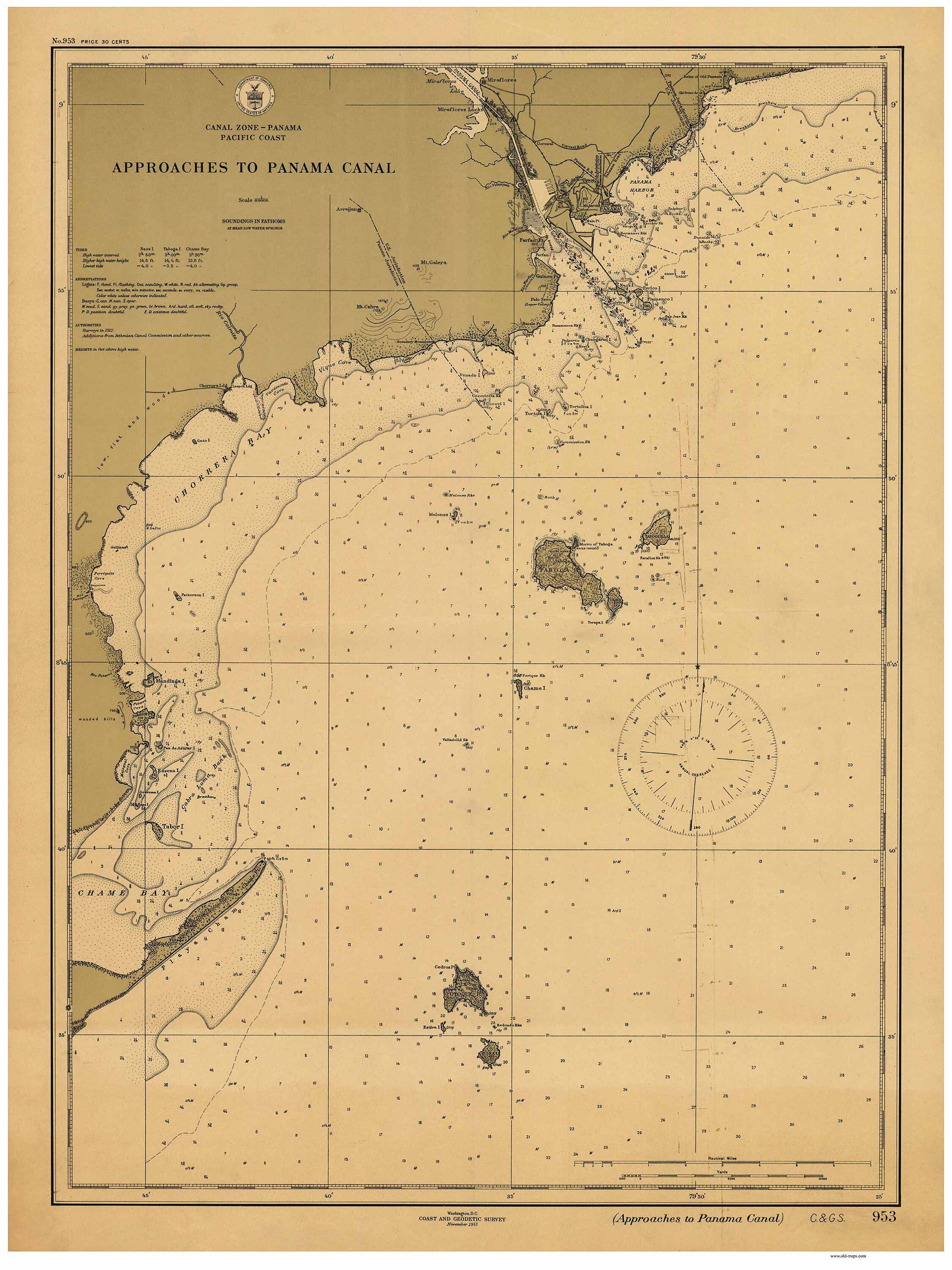
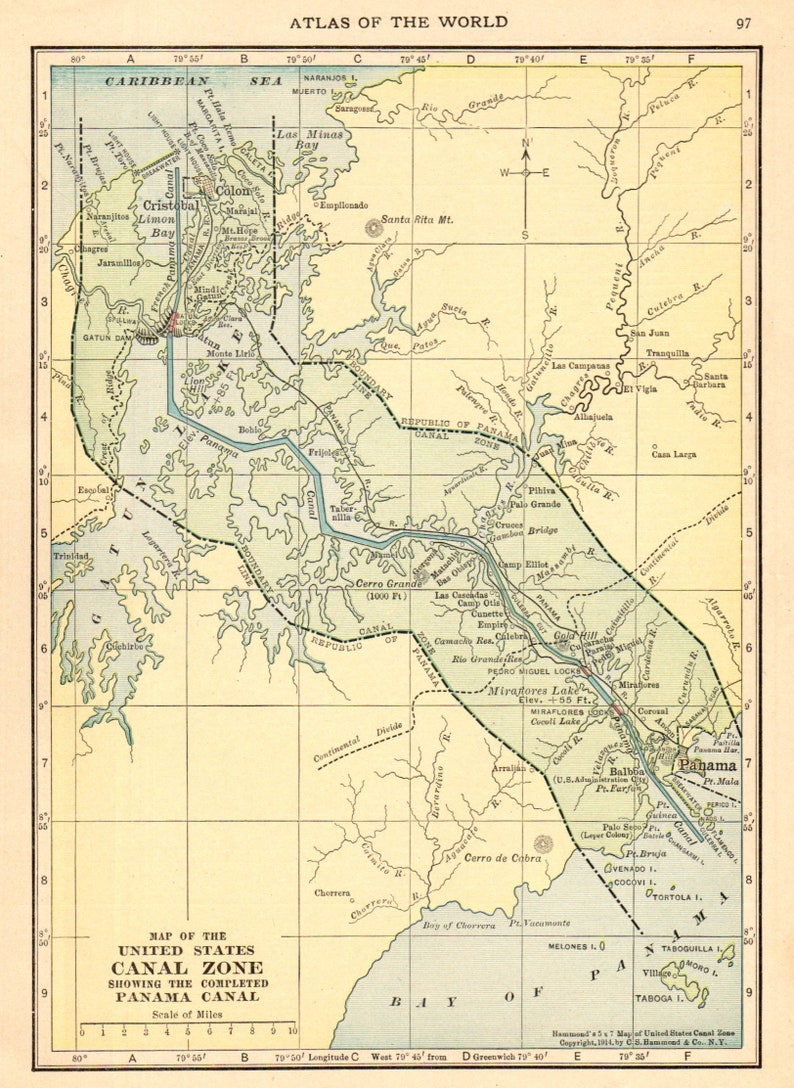
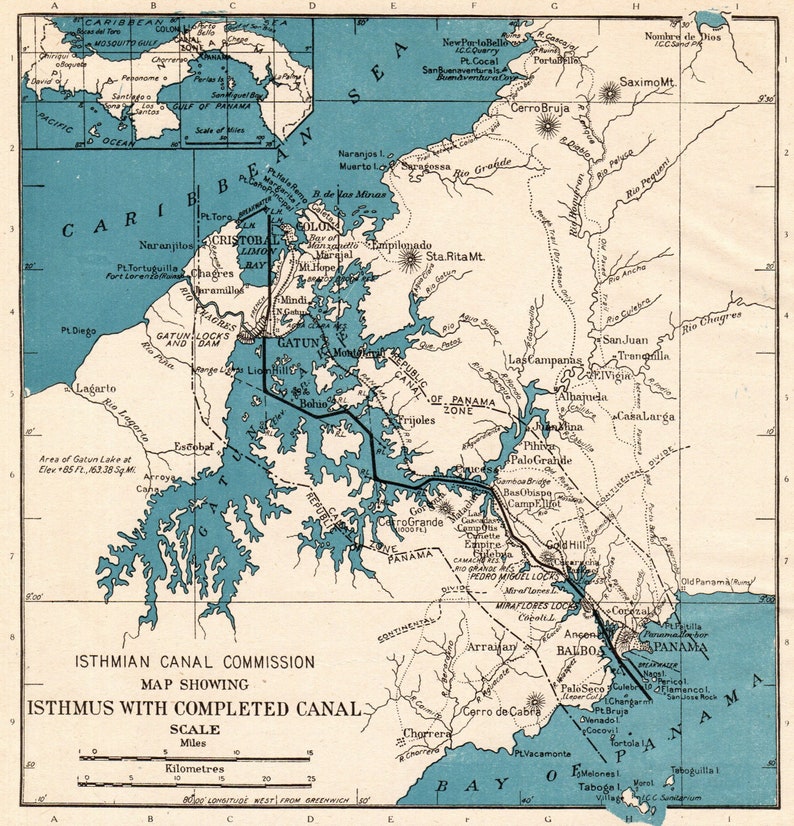














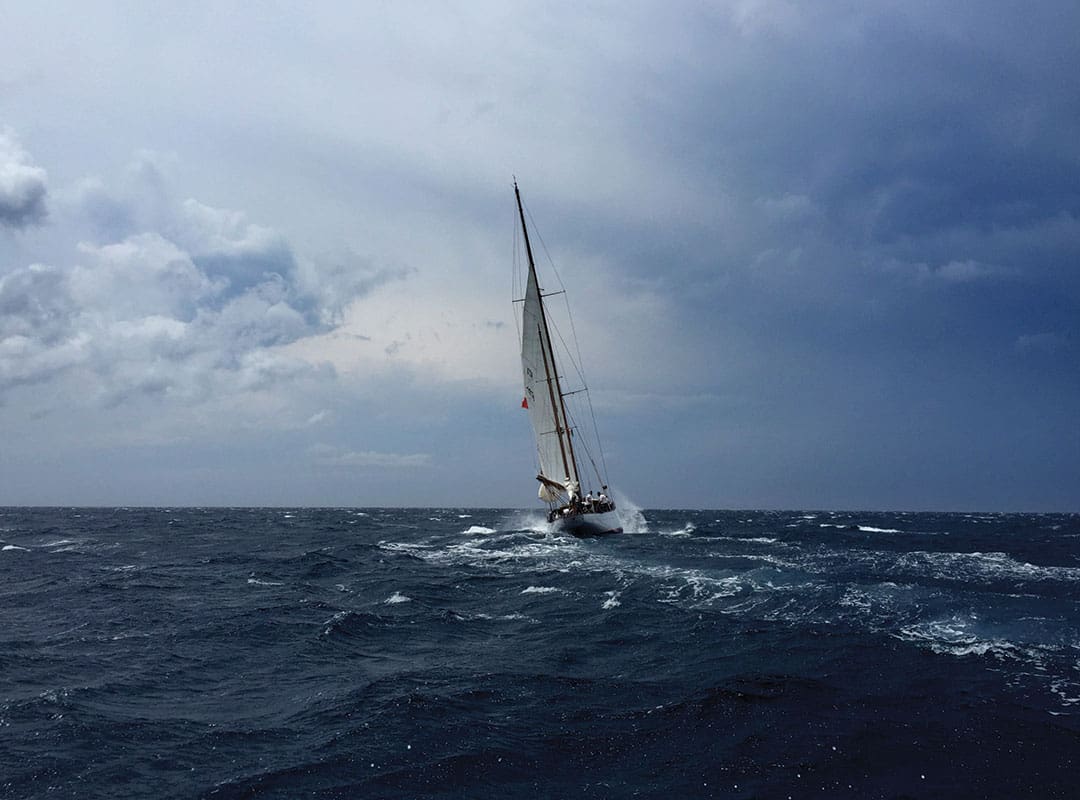 Voyagers rely on long-range forecasts to find the right weather window for a passage.
Voyagers rely on long-range forecasts to find the right weather window for a passage.